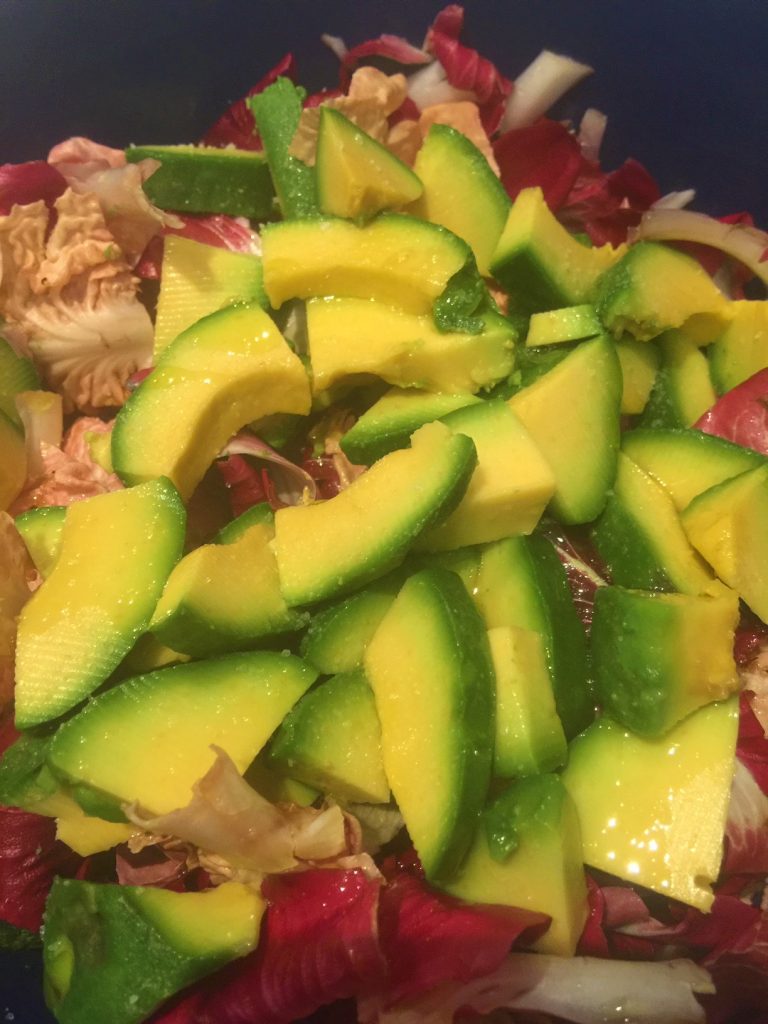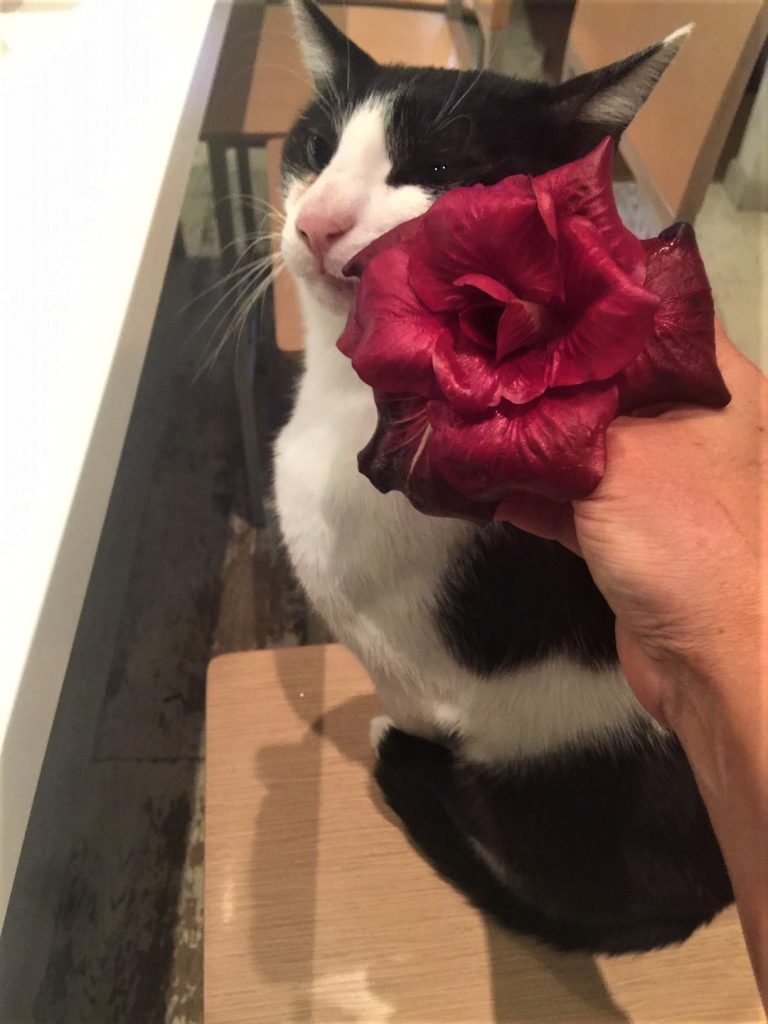by Alessandra Ressa
The real name of this vegetable, Cicorium Intibus, sounds like a Harry Potter’s spell, and to the eye and palate it is truly magic. Known as Rosa di Gorizia, this ancient radicchio unique to Friuli Venezia Giulia looks like a rose in bloom and has only recently become a favorite ingredient in gourmet restaurants where it is served raw as a real delicacy.

Rosa di Gorizia has been cultivated for three centuries exclusively in the fields of northeastern Italy in an area known as Collio, on the hills around Gorizia, where excellent wine is also produced. The peculiarity of the terrain, with its stony floodplain that retain water during dry summers, the red soil rich in iron, the Isonzo river distributing frost throughout the fall and winter months and the strong Bora wind that sweeps the plains mercilessly all contribute to the uniqueness of this radicchio.
The Rose of Gorizia is a delicacy that graces the finest plates of regional cuisine. Crisp with a strong, slightly bittersweet flavor, it’s best eaten raw as soon as it’s cut, alongside poached potatoes and beans, and drizzled with extra virgin olive oil and a few drops of a nice wine vinegar. It is also commonly served warm with melted pork fat. Combining it with ripe avocado and olive oil can result in a mystical experience and may become addictive…

In 1873, the Austrian baron Carl von Czoernig first wrote about its cultivation, calling it “red chicory”, but it is estimated that local farmers had been producing and selling it at least 100 years earlier. Traditional techniques call for planting in the spring in alternating rows with wheat, or in the winter along with winter grains. The rose reaches full size in October, and the harvest begins near the end of November. This radicchio is so beautiful that you almost feel sorry to eat it. It looks perfect as a table decoration and definitely more original than traditional flowers in a vase.

Notwithstanding all its culinary attractiveness, the Rose of Gorizia had been largely forgotten for decades and has only recently been reintroduced to Friuli Venezia Giulia cuisine. Generations of jealous farmers, unwilling to share the precious seeds, the long and difficult procedure from field to table as well as the limited geographical area suitable for growing this particular vegetable, had caused a decrease in production and this variety of radicchio was largely forgotten.
Luckily, ten years ago a handful of farmers founded the Associazione Produttori della Rosa di Gorizia. Today, this beautiful radicchio has made a return to our tables and can be found at local farmers markets, like the one in Piazza Sant’Antonio.
Due to limited production and the time it takes, prices are reasonable but not cheap. It costs approximately 5 to 6 euros per 100 grams, and cannot be preserved for more than two or three days. You may find cheaper varieties under a different name. Rosa di Gorizia is now considered a regional delicacy and may soon be granted protective status by the European Union. If you think it’s too expensive, you should probably know that it is being exported as far as Hong Kong, where food lovers are willing to pay over 60 euros per 100 grams to be able to taste this special little piece of Italy.





























